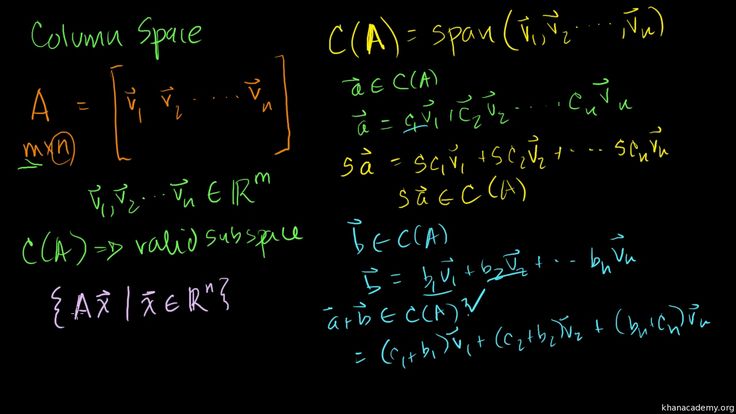Not too long ago, I wrote in defense of higher education. I maintain that higher education is an archetypical institution which appears throughout human history as a means of cultural enrichment. Nevertheless, the system has its shortcomings, and years of economic turmoil have exposed the its structural flaws: students graduate from institutions with an expensive degree and little to no guidance on how to find a practical use for the skills they bear a crippling debt load for. The problem is not that students are unwilling to learn, it’s that they aren’t being taught how to adapt to an economy that’s evolving. If we want to reap the benefits of higher education, we need to cultivate confident graduates by updating curriculum standards to reflect the modern economy.
New economic growth might mean more jobs, but it also means the nature of work isn’t what it used to be. A common problem employers experience across different industries is an applicant pool that lacks the skill set to work on the job. Part of the problem is that the traditional college curriculum is fundamentally outdated. Teachers cannot react to changes in the economy without appealing for administrative re-evaluations of their classes. The logic behind slow-changing curricula makes sense for many reasons: students with the same degree should have the same skills, represent their university well, and their education should be consistent even if the faculty changes over time. A well-structured curriculum, with built-in checks and balances against altering course, ensures all of these things. But its strength is its greatest weakness because, if (and inevitably, when) the economy restructures, the process of re-structuring a curriculum will change too slowly to benefit currently enrolled students.
In order to change with the times, universities need to embrace the same technological mechanisms responsible for changing the economy to reform their own educational infrastructure. Stanford, which has disseminated its curriculum on the Internet publicly (as has MIT), not only provides anyone with an Internet connection access to its lessons, but also opens the curriculum to constructive criticism from a much larger population. As more and more universities begin to provide open course software, employers have an opportunity to rate which curriculum will provide its students with the right skills for the job market. If employers complain students aren’t graduating with the right set of skills, they should strive for more transparency and overtly indicate exactly what they’re looking for.
Khan Academy, the hottest name in online education right now, epitomizes the potential technology holds for revolutionizing education. Easily-accessible, cogent videos provide students with everything missing from a lecture hall: individualized attention, the ability to replay lectures at one’s own pace, and drills that promote mastery of a skill.The technological viability of individual, skill-based exams have the added benefit of reducing the need for standardized testing. If students can demonstrate proficiency in a valued skill set with an online certificate, that should remove all doubt as to whether they’re the right fit for a job.
The Hollywood visual effects industry is one of the best examples of the practical-theoretical gap. Breaking into Hollywood seems about as easy as recovering a golden fleece. Industry analysts note hundreds of students with interest in working in visual effects graduate and move to LA but end up working in coffee shops or waiting tables. Yet, as digital media technology grows increasingly sophisticated, demand for effects is growing at a rate that outpaces supply. Visual effects firms are working insane hours trying to keep up and are actively looking for new employees willing to work. How is it possible that students are looking for jobs and employers are looking for workers and both remain unsatisfied? It’s the theory-practice gap.
Modern visual effects artists trained on-the-job because the industry has shifted only recently. In theory, this should have been enough time for filmschools to train an entire generation of new workers well-versed in digital technology. In practice, this didn’t happen because curricula didn’t adjust quickly enough to give students the training to create visual effects, only an understanding of how and why the industrial shift occurred. Even graduates from the best schools for animation and visual effects lack the right training because industry professionals have only provided transparent guidelines for the skills they require in the last few years. A group of seasoned VFX artists have created a school for visual effects which hopes to bridge this gap by providing practical applications of software and coding skills, teaching students how to produce reels which showcase their talent in the right way, and publicly introduce a curriculum with the industry’s stamp of approval.
The tools are available to streamline an evolving economy with a modernized system of education; however, until employers take steps to bridge the gap between the practical needs of industry and the theory of the classroom, change will not happen.























